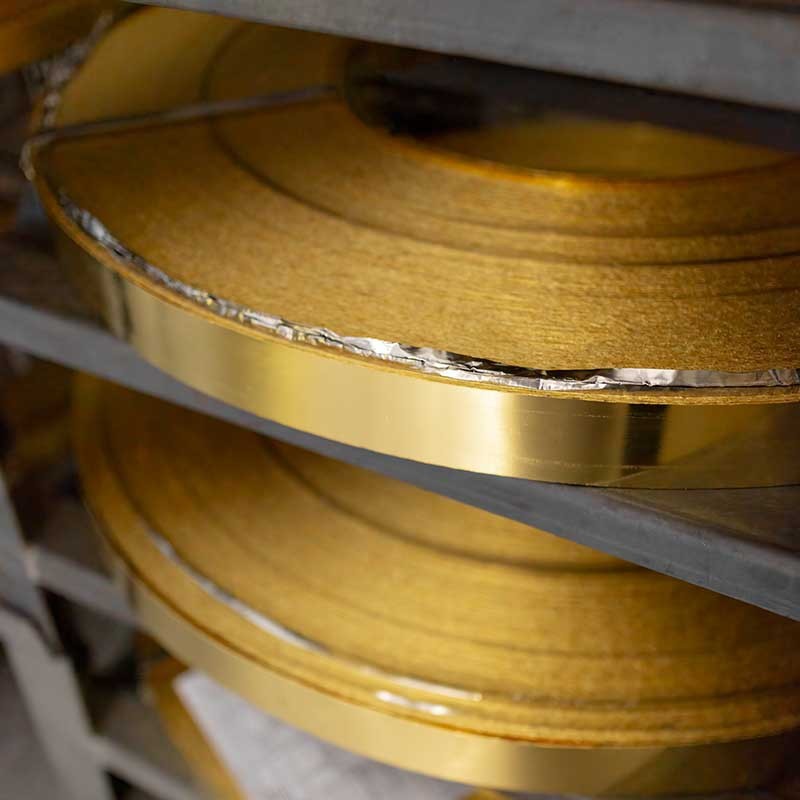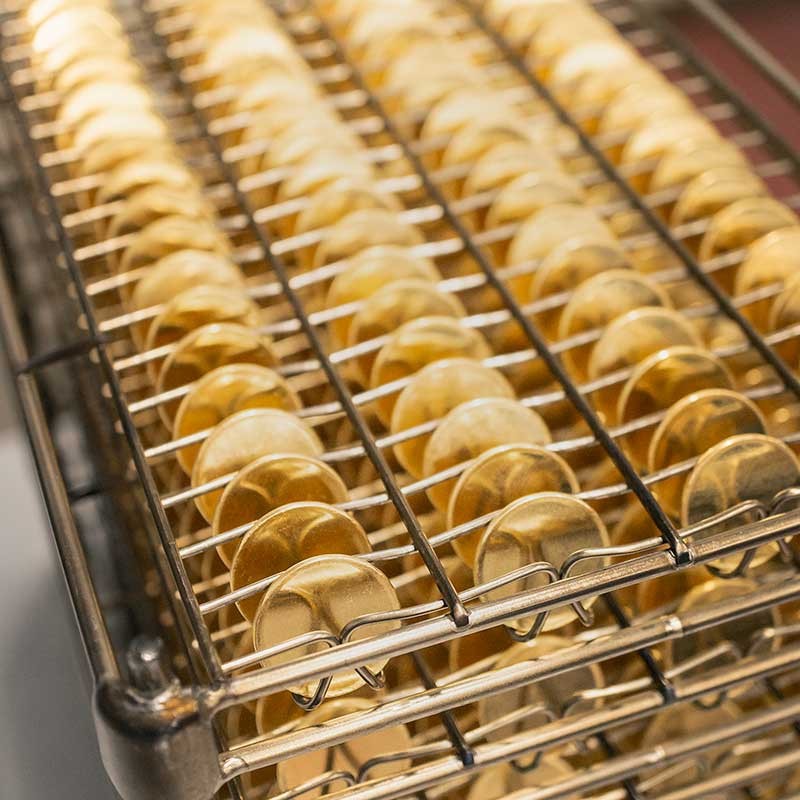Since the dawn of history, a kaleidoscope of stories and myths has grown up around this precious metal. Gold has achieved cult status in every leading culture, playing an important role in the most influential religions. Today it remains a much-loved and sought-after substance on all continents, embodying stability and wealth and symbolising power and beauty.
For thousands of years gold has not lost its allure. According to historical records, gold was first fashioned into jewellery and used for barter over 7,000 years ago. Gold’s captivating gleam led to it being considered a gift from the gods and it was quickly incorporated into rituals. In Inca culture, only the king was permitted to wear gold as he was considered a direct descendant of the sun. For the ancient Egyptians, gold was reserved for pharaohs and priests. Throughout ancient history, gold was often referred to as the “tears of the sun” or the “flesh and blood of the gods”.
The first gold coin was struck during the reign of King Croesus of Lydia in 550 BC. In so doing, he aimed to earn the trust of his people and trading partners, and cement the dominance of the Lydian Empire. Gold is mentioned in the Bible more than 400 times.

The crucial factor in the cult of gold was its numerous extraordinary physical and chemical characteristics. Gold is an element, number 79 in the periodic table of elements. The symbol for gold is AU, which derives from the Latin Aurum. Belonging to the group of heavy metals and possessed of an extremely high density, gold is a soft, shining yellow precious metal. The word gold comes from the Indo-Germanic “ghel”, meaning both “shining” and “yellow”.
Gold is easy to work and extraordinarily malleable. For example, a gramme of gold can be rolled into a length of wire measuring 150 metres or hammered to a thickness of one ten thousandth of a millimetre. Gold does not rust and is an excellent conductor of electricity. Although silver has superior thermal and electrical qualities, it is quick to corrode and loses its sheen, whereas gold does not lose its gleam and does not tarnish. It can also be combined with other metals to produce a variety of alloys.
Gold is incredibly resistant to both alkalis and acids. Only nitro hydrochloric acid, a mixture of salt and nitric acid, the halogens chlorine, bromide and iodine, and sodium cyanide can dissolve gold. With a melting point of 1,063 degrees centigrade and high chemical stability, gold is practically indestructible. Virtually everything ever made of gold is still in existence.
Throughout the whole of human history it is estimated that around 200,000 tons of gold have been extracted from the earth. This is the equivalent of a cube with sides measuring 21.9 metres.
Up until only a few decades ago, practically all the most important national currencies were at least partially backed by gold and their value depended on the price of gold. Even today the central banks of the leading nations use gold as currency reserves. Central bank holdings of gold amount to around 34,000 tons, while some 93,000 tons have been turned into jewellery. Works of art in gold account for around 18,000 tons and the remaining 43,000 tons are held privately in the form of gold bars and coins minted for investment.

Given gold’s mythical status, mankind has long dreamt of producing it artificially. The “Great Work” (Magnum opus) is a medieval alchemical term describing the successful transformation of non-precious matter, such as lead, into gold. With the aid of the philosopher’s stone, gold could be produced and in this way eternal life could also be achieved. Despite today’s advanced technology and economic efficiency, we remain as far as ever from producing gold artificially.
Platinum is valued as one of the rarest of precious metals. It is best known for being the premier choice for the finest jewellery.